The first day of the Fruitnet Citrus Congress took place on March 25 in the City of Arts and Sciences in Valencia, five months after the region was hit by the worst floods in decades, which made it necessary to postpone the event initially planned for the beginning of November. The first edition of the Fruitnet Citrus Congress brought together part of the Spanish and international citrus sector, represented by growers, importers, and exporters, as well as the auxiliary industry and purchasing representatives from some supermarket chains, among others.
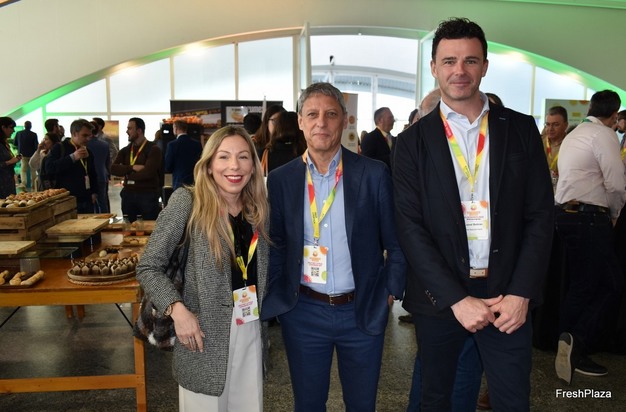 © Joel Pitarch | FP.com
© Joel Pitarch | FP.com
Click here to see the photo report of the event.
The meeting featured presentations and round tables dealing with current issues of most concern to the citrus sector. Following the presentation by Chris White and Maura Maxwell from Fruitnet, who spoke about the great potential of citrus fruits, there was an analysis of the evolution of consumption in the United Kingdom carried out by Tom Hole from World Kantar and another one for the Netherlands by Hugo A-Tjak from Olympic Fruit.
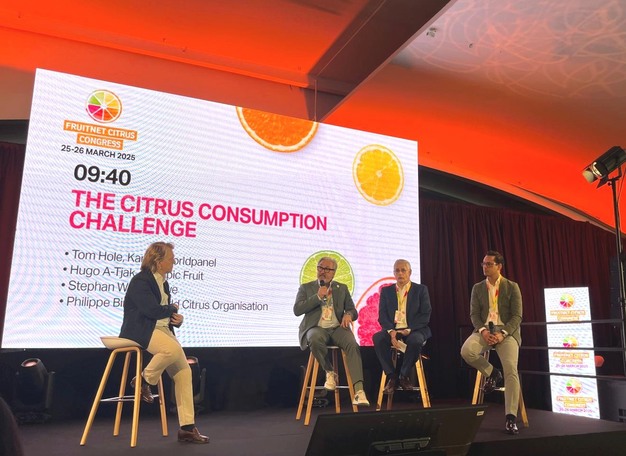 © Joel Pitarch | FP.com
© Joel Pitarch | FP.com
The data revealed a stagnation of mandarins and an alarming drop in the case of oranges in recent years, especially among the younger generations. Proposals were made for possible strategies to boost consumption, seeking convenience. How can producers and marketers identify new marketing opportunities to make growth more profitable and find new ways to sell to the consumers of the future? In addition to Tom Hole and Hugo A-Tjak, the panel included German Stephan Wist of Rewe and Belgian Philippe Binard of the World Citrus Organization.
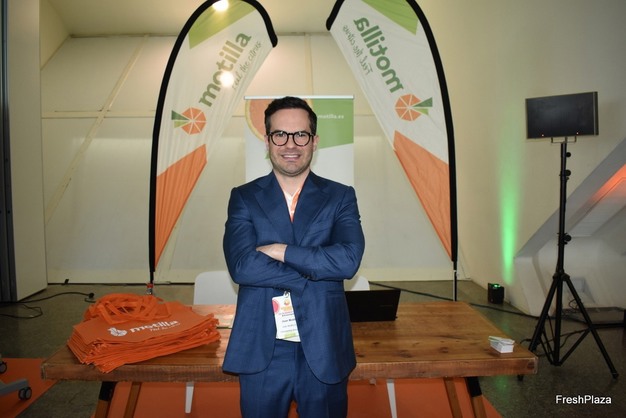 © Joel Pitarch | FP.com
© Joel Pitarch | FP.com
Combined, mandarins and oranges are the second most consumed fruits in Europe, after apples; however, in terms of health information and nutritional research, citrus fruits lag behind other fruit categories. Nele Moorthamers, marketing representative of Zespri, and Shelly Vorster, marketing manager of the World Avocado Organisation UK & Europe, discussed the successes of the avocado and kiwi fruit sectors and how they can teach the citrus sector to communicate more effectively.
Ernesto Machancoses from Citrus Rosso spoke about an ambitious project to obtain new orange varieties pigmented with lycopene. The goal is to be able to offer a more diverse and attractive range to the consumer, both in terms of organoleptic characteristics and health benefits compared to conventional varieties. José Cuenca, from Avasa; David Alba, from Genesis Fresh, and Manuel Rey, from Sun World-Biogold, outlined the advances made in new varieties, which are better suited than ever to meet the market demands and aim at boosting future demand and increasing profitability.
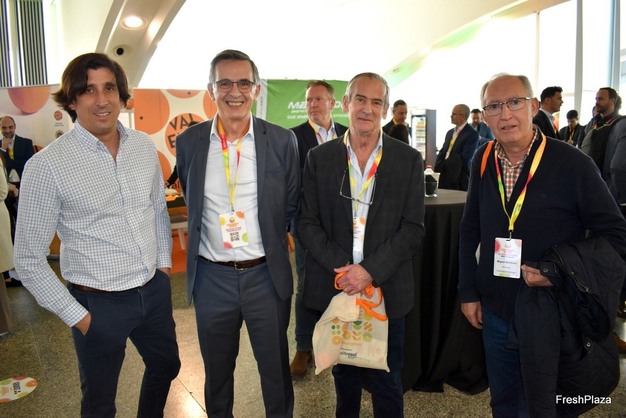 © Joel Pitarch | FP.com
© Joel Pitarch | FP.com
Having a strong brand is key to connecting with consumers, as it stands out on the shelf and can help companies expand into new export markets. This was outlined via videoconference by Marieke Appel, from Driscoll's, and Carlo Magni, from the New Zealand firm Forward Insight and Strategy, as well as in person by José Enrique Sanz, from IGP Cítricos Valencianos, and Salvador Martínez, from Obeikan MDF, who argued that there really is more room for citrus brands in European supermarkets and beyond. For his part, Chris Johnston, from Tomra Food gave a demonstration on artificial intelligence for citrus sorting.
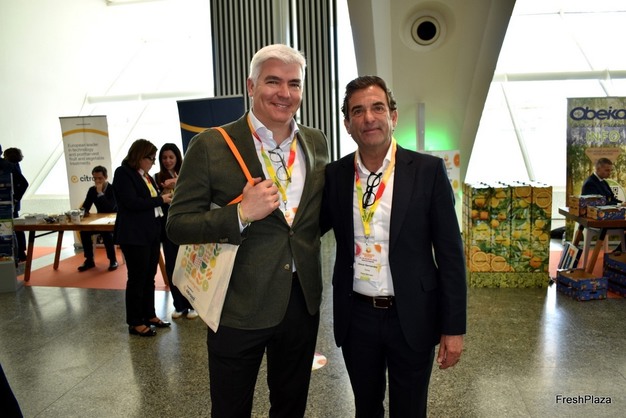 © Joel Pitarch | FP.com
© Joel Pitarch | FP.com
The lunch break was followed by a discussion on how new developments in post-harvest technology are helping companies extend their products' shelf life, reduce wastage, and boost profitability. Post-harvest experts Benito Orihuel of Citrosol, Clara Montesinos of AgroFresh, Enrique Gomez of Decco, Mazim Abram of Apeel, and Olga Dubey of AgroSustain had a debate regarding some of the new technologies that can help maximize profit potential, minimize losses, and make citrus more sustainable.
There are too many certification systems in the industry, which is a huge time and cost burden for growers. Elena Guillén of Farmable and Jim Jefcoate of Food Experts discussed how the complexity of regulatory compliance and sustainability in fresh food supply chains could be reduced.
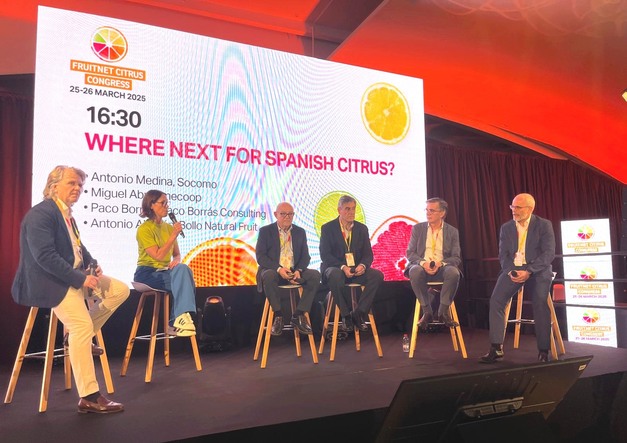 © Joel Pitarch | FP.com
© Joel Pitarch | FP.com
The highlight of the event that almost everyone was looking forward to was the panel discussion featuring Paco Borrás, well-known consultant and advisor in the citrus business; Antonio Medina, head of purchasing at Socomo; Miguel Abril, commercial director of Anecoop, and Antonio Alarcón, CEO of Bollo Natural Fruit, in which they talked about the great challenges that Spain's citrus sector is facing, from the fall in orange consumption to price competition with cheaper imports from other origins, as well as the impact of climate change and the water supply on the production. They discussed how investments in varietal innovation, quality, and service can contribute to profitable growth in the future.
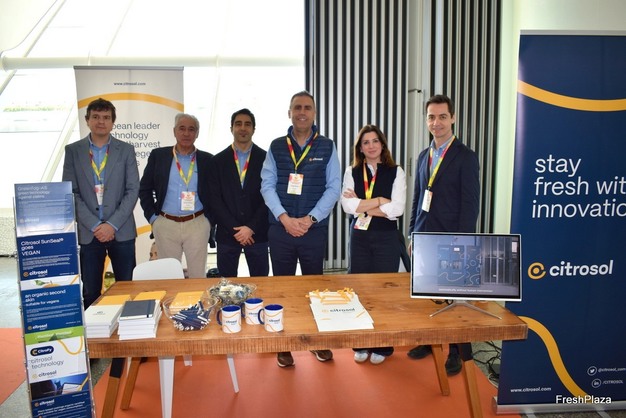 © Joel Pitarch | FP.com
© Joel Pitarch | FP.com
Before the cocktail reception that put an end to the event, Vicente Tejedo, regional secretary for agriculture, spoke about the challenges for Valencia's citrus sector, which accounts for 50% of Spanish citrus production, with 160,000 hectares under cultivation and an annual volume exceeding 3 million tons. He spoke of the growing threat of pests and diseases, environmental regulations that limit production capacity compared to other countries, and the lack of generational replacement, among other issues.
Click here to see the photo report of the event.
In the coming days, we will be publishing several in-depth articles on some of the topics discussed at the Fruitnet Citrus Congress.
